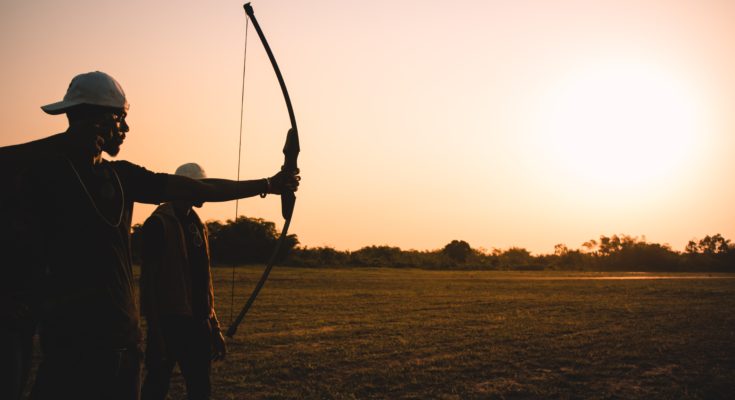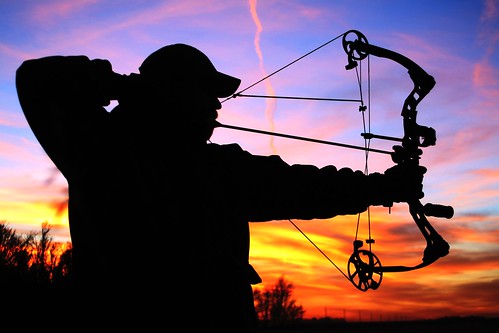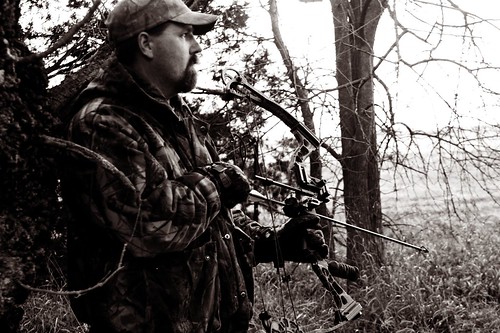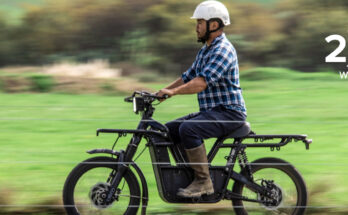If you’ve been into hunting for quite some time, you must have crossed hunters who swear that the bow is a better hunting weapon than a rifle.
But is that correct? What are the benefits and how do you know if the bow is the right weapon for you?
There’s only one way to find out! It’s to test out the bow. And if you’re looking to take a bow the next time you go hunting – this is the right post for you.
In this post, you can find the best bow hunting tips for beginners. You’ll find everything from the most basic tips to some advance tips which could benefit even seasoned bow hunters.
Therefore, stick around, give this post a read, and we believe you will feel a lot more confident around your bow.
How Can Bow Improve Your Hunting Game?
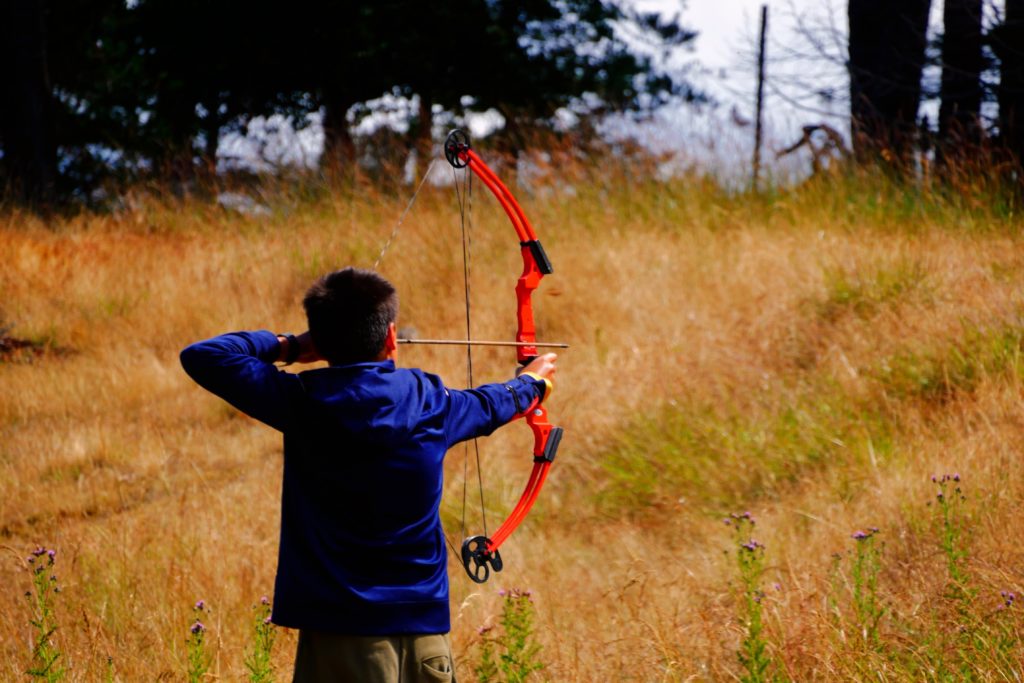
You don’t need to switch to bow as your main weapon to improve your hunting game. In fact, most bowhunters still use the rifle as a backup.
But why switch to bow (or even try it out) and how could it improve your hunting game after all?
In reality, the rifle is a superior weapon – especially when you consider it might take years to become proficient with a bow.
However, bow still has plenty of advantages which offer:
- Adrenaline rush
- Increased strength
- Improved hand-eye coordination
- Exercise
- Lean meat
- Improved focus and eyesight
- Flexibility
- Relaxation
Most bowhunters (who still carry a rifle) love the feeling of hunting with a bow since it connects them with their ancestors who have used a bow to do the same thing.
Not only bow makes hunting natural, but it also offers plenty of hunting benefits that can come in handy.
Of course, it’s always easier to kill a prey from 200 ft distance with the help of a rifle and scope – but can it replace the feeling of sneaking up on your prey, pulling out the arrow, and getting your award close-up while you watch it in the eyes as the arrow flies towards them?
Probably not.
Bow Hunting Tips for Beginners
I’ve mentioned earlier that it can take years to become proficient at the bow – but don’t let that scare you.
Even though bow strengthens different skills (some you might’ve never used as a hunter), you might still want to help yourself with some of these tips for beginners.
Find the Right Bow
There is no one-size-fits-all bow and the chances are you’ll need a bow that fits you correctly. Three main things you will have to consider when choosing the bow are:
- Draw length
- Draw weight
- Game
You should be able to hold a bow at a target level, be able to point at the target and draw without much movement.
We highly recommend going to an expert before making a choice.
Bow Release Style
There are two different bow release styles. Traditional release and mechanical release style.
The traditional release is also known as “shooting fingers” while mechanical release uses a trigger to release the bowstring.
For beginners, we highly recommend a mechanical release style as it increases accuracy and precision and it makes it easier to move (while you have a lot more time to aim).
Tag-Along
Once you think you’re ready to go bowhunting, stop for a second. If it’s your first time bowhunting, we highly recommend to tag along with a more experienced bow hunter.
Instead of going solo, you will learn much more by just observing. And we are pretty sure that an experienced bow hunter is able to help you out for your first time.
After all, they already know the technique and it’ll be a lot easier to handle the bow once you’re learning it properly.
Sight Your Bow In
One thing that every bowhunter needs to learn is to sight the bow in. You will need to practice before hunting, and as you practice, you will need to adjust the sight to your own shooting.
We find it ideal to practice with a bullseye. You will need to look for patterns. If you are shooting a couple of arrows and they all land a couple of inches away from the bullseye – try adjusting the sight by moving it sideways to compensate for your shooting patterns.
Arrow Points
When you’re practicing, you should be using field point arrowheads which look like a small bullet. However, once you go bowhunting, you should be using broadhead arrowheads.
Field point arrowheads are ideal for practice, but they’re unethical and aren’t allowed to be used for hunting.
They can pass through the animal, resulting in little immediate damage but in worse pain which could go on for days before the agonizing death.
Bow Hanger
If you’re hunting from a tree stand, you should know that you can’t hold your bow the whole time. It’s ideal to plan ahead and prepare yourself with a bow hanger that will allow the strategical, safe, and convenient place to rest your bow.
You never know for how many hours you might be up there before the perfect moment happens.
Conceal
The bow will require you to get closer to your prey, and the closer you get, it becomes harder not to spook the prey.
You should gear up and try to show as little skin as possible, but you shouldn’t forget to mask your odor with a spray and scent-eliminators.
Conclusion
It might take a lot of time before you master the bow, but it takes small steps and proper technique which takes time to be learned.
Knowing how to properly operate a bow is your first step, but you should also know where to aim. You’ll most likely spend a lot of time practicing – but it’s all going to be worth it.
If you have a fellow bowhunter to tag along with – we highly recommend this as it might be one of the easiest ways to learn how to hunt with a bow.
I hope you’ve found any of these bow hunting tips for beginners useful – and if you have any further questions or need help, feel free to leave a comment down below!

